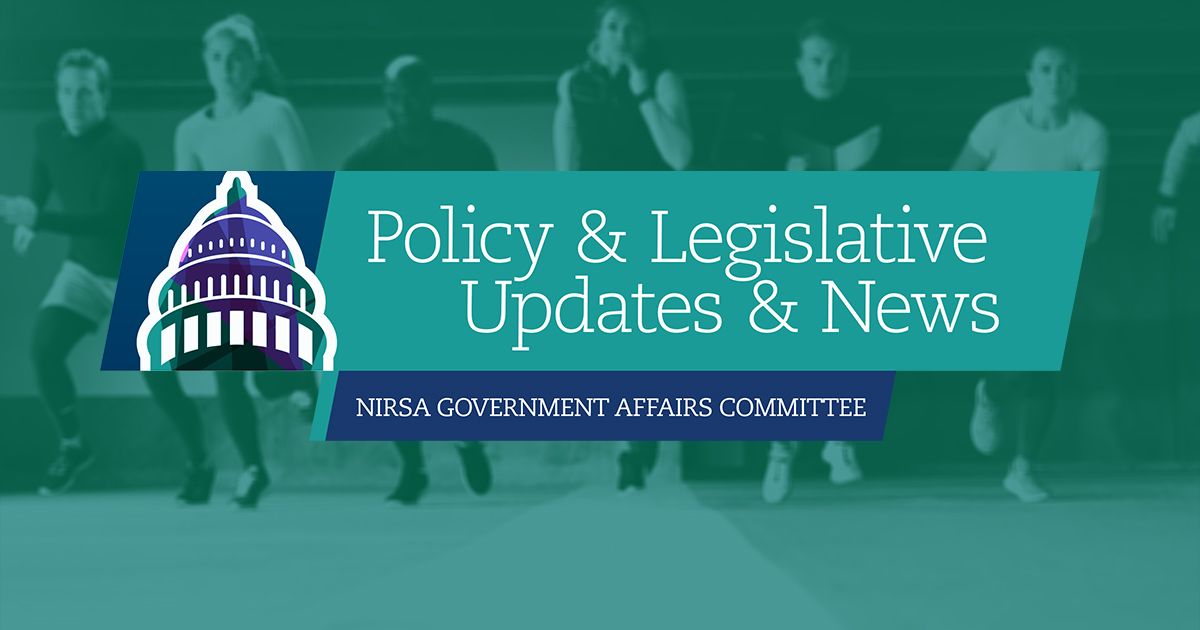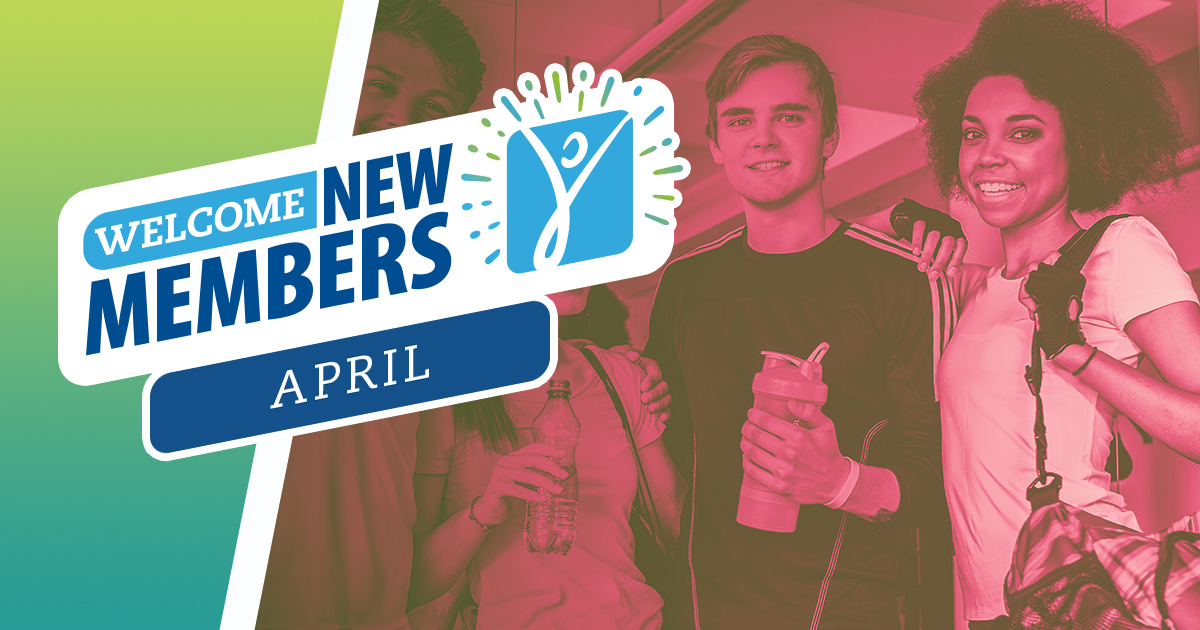As we close a chapter on one decade and turn the page to begin another, it feels like a good moment to spend some time reflecting on where we—as an association of members—have been and where we’re aiming to go.
Many are using a top 10 or decade best list to reflect on landmark achievements. While we always loved David Letterman’s nightly Top 10, NIRSA strives for inclusion. So, it seems incongruous with our culture to rank our accomplishments, or spend energy deciding which was slightly more momentous than another. What is worth the energy is to reflect on the past decade holistically—to celebrate all the wins, all the progress, and yes, all the lessons learned from so-called failures.
We do this because we believe the real value in looking back at our collective past is to consider how our previous actions and current potential can better help us inform, inspire, and catalyze our future.
Looking back
NIRSA as an association and campus recreation as a profession experienced several transformative milestones this past decade.
At the beginning of the 2010s, NIRSA had modernized its governance model and implementing new structures was an important breakthrough in evolving our association’s culture of leadership. A smaller Board of Directors, a robust network of regional volunteers, and a profession-focused think-tank of diverse campus recreation stakeholders all helped position the Association to act nimbly on behalf of the profession and provide meaningful volunteer opportunities that aligned with the needs of the profession. Additionally, it provided our association with a solid framework to actively engage with key stakeholders within and beyond institutions of higher learning to highlight the impact of campus recreation.
After an extensive and open process, NIRSA adopted a new mission, articulated strategic values for the profession, and shared our vision to inspire the development of healthy people and healthy communities worldwide. The landscape of higher education is ever-changing, and early in the decade NIRSA advanced the ambitious claim for campus recreation professionals to be instrumental players in delivering student success.
The better part of the decade saw members, volunteers, and resources focused on leaning into our new mission and vision and activating our six strategic values. Using these as our North Star, we developed educational content, fostered networking opportunities, and cultivated resources to support members who were contending with the evolving needs of the profession.
We also worked actively to expand our impact and invite more people into NIRSA. Leading campus recreation professionals in Canada and within NIRSA joined in a commitment to support the profession in Canada through the development of a distinct Canadian Region of the Association. We developed multi-year strategies to engage students, professionals, and stakeholders to advance campus recreation at colleges and universities in Canada.
NIRSA also made special efforts to increase the value of NIRSA membership for professionals at small programs and HBCUs whose professionals face significantly different landscapes than larger schools or PWIs.
This past decade was unprecedented in the number of opportunities for NIRSA to engage with our partners in higher education, leading companies, and other value-driven organizations to promote health and wellbeing through campus recreation. These partnerships have positioned the profession as a hotbed of strategic thought-leaders and crucial partners who have demonstrated a penchant for executing well and a reputation for always bringing their A game.
The 2010 decade was also a pivotal time for evolving our understanding toward a more holistic approach to wellbeing, to advancing the conversation beyond the pivotal role that campus recreation plays in physical health; campus recreation is also clearly in support of mental, social, emotional, and even spiritual wellbeing.
Again, NIRSA members were at the forefront of providing learning and networking opportunities and developing practical resources for members. NIRSA engaged numerous partners to advance campus recreation’s role in this work. We started the decade still working to get a seat at the table; by the end of the decade, we were established and even leading voices among the myriad of stakeholder groups advancing a culture of health and wellbeing for campus communities.
Looking forward
For more than 70 years, NIRSA has built on the successes of preceding generations to evolve with the needs of students and campus communities. One of our strengths is rooted in our willingness to share generously with each other. Campus recreation professionals have for decades been collaborating to strengthen their resolve and ability to build inclusive and welcoming environments, foster positive student engagement, and advance a culture of health and wellbeing that is essential for thriving individuals and vibrant communities.
These skills are so embedded in the DNA of our profession, we often forget they are essential strands that make us unique and drive our ability to positively influence student success.
Political uncertainties are commonplace at the local, regional, national, and even international level. In this coming decade, census projections predict enrollment downturns and economic forecasters warn of potential recessions. Institutions of higher learning expect to become more diverse and welcome an increasing number of first-generation students. To successfully navigate the next ten years, campus recreation must seize the opportunity to respond well to these changes by applying our deeply cultivated skills to collaboratively shape and deliver transformative student experiences side-by-side with other leaders on campus.
Blur and swirl
NIRSA leaders advanced the phrase blur and swirl (remember the spinning top?) in the early part of this decade to emphasize that the intermixing of all six values was a strength to our vision of inspiring healthy people and healthy communities.
We discovered that while each strategic value had importance and impact, it was by connecting the values to one another and weaving them into the fabric of NIRSA (the tapestry that is our shared culture for campus recreation) that would bring on exponential impacts. We championed the axiom that campus recreation provides a unique space to make our world better.
The picture that emerged clearly over the course of a decade is that the impact of campus recreation is not something you can attribute directly to the individual programs or services we deliver or the spaces we steward. It’s a complex recipe that requires a blend of opportunities which support holistic wellbeing.
Our work investigating our values (which had formed through decades of praxis) is undoubtably one of the reasons the profession so quickly recognized that what their campuses needed was not simply another fitness or wellness program. There was validation from our corners of campus when the conversation reached a point of creating a culture of health and wellbeing that was an essential part of an institution’s mission and could be embraced by all departments on campus and aligned under a common vision.
What can NIRSA members expect in the next decade?
NIRSA will honor and build on the accomplishments of the past to propel us into the future. We will celebrate 75 years of the Association in this decade. We will continue to be the advocate for the profession. This organization will continue amplifying the great work on individual campuses and the collective impact across all campuses.
Through the best professional development, networking, and resources, NIRSA will continue to support members as students and professionals working in campus recreation continue to inspire the development of healthy people and healthy communities. Content and participation options will continue to evolve to meet the needs of a dynamic and ever-changing profession.
Members can count on this organization to continue to collect and publish data to support what we all know to be true about the positive impacts of campus recreation. We will keep NIRSA at the proverbial table of leaders and stakeholders who have the potential to positively impact student success and create and sustain cultures which value health and wellbeing for all.
As time marches on, we can expect to experience what other decades have experienced—we’ll see veteran leaders retiring and a new wave of professionals entering the field. Our emerging colleagues come to this association ready to learn, grow, and increase their potential to impact their campus communities.
We will get see our newer leaders become veteran leaders and a whole new generation of professionals lean in to high-level leadership roles on campus. The student body will change. What our communities are asking of higher education will change. The workforce will change, and the culture of work will change. What will remain constant is our connection to each other through NIRSA and the willingness to be generous with our knowledge; our desire to innovate and learn together will grow, and together we’ll continue striving to inspire the development of healthy people and healthy communities.
Happy New Year!
Leah Hall Dorothy, Ph.D., is currently the Director of Recreational Sports at Oregon State University and serves as the President on the NIRSA Board of Directors; she can be reached by email at president@nirsa.org.
Pam Watts is Executive Director of NIRSA: Leaders in Collegiate Recreation, headquartered in Corvallis, Oregon. Pam is a Certified Association Executive and she can be reached at Pam.Watts@nirsa.org







